4 successful approaches to teaching English
Many English teachers in South America are going back to school this week. Lucky teachers will be returning to classes of attentive and interested students who have a real desire to learn English. Unfortunately, the reality is that this is not often the case. For many English teachers in public schools teaching English is a struggle, as children lack motivation and concentration. And who can blame them? During a child’s everyday life they may see no use for a second language.
I have travelled to many countries that teach English in very different ways, and have taught in a few. This is a short list of different approaches to English language teaching used in the world, and my opinion on how effective they are.

(1) Starting Young
There is no lack of research to support that this is the best method for learning a second language. It is widely accepted today that children’s brains (and tongues) are more flexible when it comes to learning grammar and vocabulary.
In northern Europe, particularly Nordic countries, children’s cartoons are not translated from English. This alone forces children to understand English. Children in public schools are formally taught English from the beginning of primary school, and by the time children reach secondary school, they already have a good ability to read, write and speak.
In many countries across the world, including Argentina, private schools make great efforts to begin second language teaching from a very young age. In recent times, extra-curricular English programmes, such as English for Babies have begun to do the same, which may be useful for parents that can’t afford an expensive private education.
Rich people across the world have been successfully teaching their children to speak a second language for centuries; which brings us to the next ‘method’…
(2) Money
Without wanting to be pessimistic, it is a reality that children from rich families are much more likely to speak a foreign language well. In Argentina private schools concentrate far more time and resources on the teaching of English than public schools do. In India whether or not a person is able to speak English fluently is almost entirely based on whether they went to a private school or not.
However, as I have often said about places like The Philippines, public education has the potential to have the same effect as private education. In my opinion, without spending a large amount of money, the following two points are key.
(3) Immersion
The reason that the Philippine public education system leaves all of its students with a good level of English is because of immersion. From a young age, English is used as a language of instruction for many or most subjects. I believe that even if the teachers are speaking their mother tongue to the children during much of the class, the simple fact that the text books and exercises are in English mean that the children begin to use English easily. The way in which Filipino children are forced to use English at school is similar to how Nordic children are forced to use English to watch their favourite cartoons. This is immersion.
Bilingual schools across the world use immersion tactics with great success. A primary school I worked in in Thailand used English and Thai side by side from three years old. Contrary to what some people may believe, extensive use of a second language as a teaching method has no negative impact on the mother tongue.
For parents who aren’t able to access immersion-based education systems, they can make their own immersive environment for their children. This can be insisting children watch English cartoons, play games in English, read books in English, go to English playgroups, and, of course, speak English at home as much as possible.
(4) Interest
Perhaps the greatest way to learn something is because you enjoy the learning process. To be able to keep children’s attention, make a lesson fun, and make children forget that they are learning should be goals of any teacher. If a teacher can see that their students are not at all interested in the class, then they should try to change or vary their teaching methods.
As English is the most used language in the world (particularly on the internet), it is also the easiest language to be able to find something suitable for learners. Great teachers adapt their lessons to their students’ interests, and can find a way to teach something that would normally be considered boring, in a fun way. For the adolescent that is interested in football, fashion or junk food and is not interested in English, a lesson can be based on football, fashion or junk food. For the adult who is busy thinking about their professional or private life, topics related to their business or daily activities may keep their attention best.
For students who did not start young, are not rich and aren’t able to have an immersive language education, provoking in them a real interest in learning English may be the only way that they can learn to speak well.
If you think that I have left out any successful approaches to teaching English then let us know in the comment section below.
Podcast: Play in new window | Download


Very informative and practical.
Thank you very much indeed.